Six consumer tech trends coming in 2016: drones that follow you, robots, virtual reality (again) and self-driving cars
This will be the year virtual reality becomes ... well, reality, the home robot makes big strides, selfie drones take flight, the Internet of Things gathers steam, smart cars get smarter and Huawei goes mainstream, as the upcoming Consumer Electronics Show in Las Vegas will show
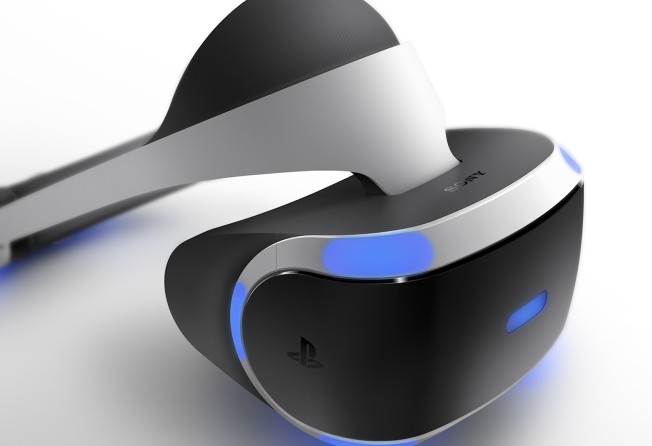
With the trend-setting Consumer Electronics Show (CES) coming up in Las Vegas in the first week of the new year and the Mobile World Congress (MWC) following a month later in Barcelona, it’s time for a look at some of the new technology that will shape the way we work and play in 2016.
Virtual reality and augmented reality
Augmented reality – the blending of virtual content with a real-world environment (think Google Maps, for instance) – has very much become part of our lives, but up till now virtual reality, an immersive experience inside a completely fabricated world, has been mostly hype.
That is going to change: the technology will be prominent at the CES and is expected to go mainstream this year, especially in the world of gaming.
HTC Vive, a collaborative effort between Taiwan-based mobile phone maker HTC and digital content distribution giant Steam, is a virtual reality headset with motion controllers; the full kit includes 70 sensors, making it both position-aware and body-motion-aware.
Steam, once known just as a digital games provider, has already expanded into other content such as films, software and hardware. The Vive will be a piece of technology for the PC-based platform, rather than just a gaming device.
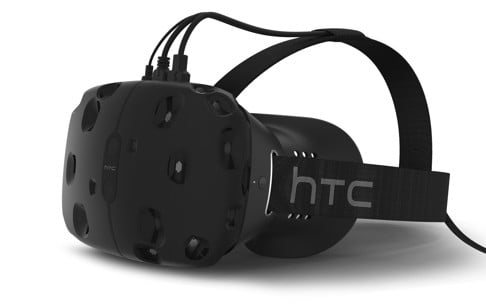
Next up is Sony’s Project Morpheus, which has a new name - the PlayStation VR. The device appears to be meant for stationary usage with head tracking, which may limit the number of games users can play on it, but if early demos are anything to go by, we’re on course to see the smoothest and most accurate body-motion detection.
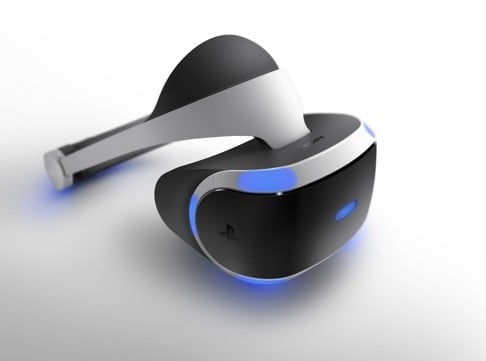
Oculus Rift started life as a Kickstarter project and has been in development since 2012. It has garnered support from big names such as John Carmack from id Software (makers of the Doom series) and Facebook acquired the startup for US$2 billion (HK$15.5 billion) in 2014.
While the Rift has proven itself as an immersive gaming device, the real question is: would you like to interact with your friends, doctor and online shops in VR?
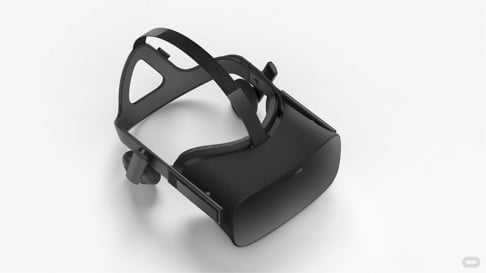
The Microsoft HoloLens is a mix between virtual reality and augmented reality. It’s designed to overlay visual elements on the real world through a head-mounted visor.
With virtual reality you mostly consume media, but with augmented reality the application can lean towards productivity, as it lets you manipulate objects to a far greater degree.
Take Microsoft’s Minecraft demo as an example; the virtual reality aspect allows you to walk through the blocky gaming world you’ve built. With the HoloLens you can put the blocks together one by one with your hands, right there in your sitting room, on the walls or surfaces of the furniture.
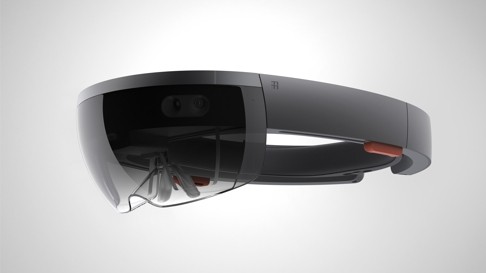
Robots
Robots which talk to humans and help them with daily tasks have been part of our collective imagination since the 1950s. Although robots are now common in industries like manufacturing, they have yet to become a presence in our homes. Some of that’s down to mobility – robots have difficulty negotiating furniture, and they can’t climb stairs – and some of it’s down to the fact that humans tend to find them creepy, especially if they are humanoid in appearance.
But where there’s a potential sale, there’s a way. Robotics exhibition space at CES has increased 71 per cent from last year, with more than 20 exhibitors attending, and pundits are prophesying the age of the home robot.
Some companies are exhibiting in the Robotics Marketplace, an area dedicated to robotic technology, while others can be found in the Eureka Park section, which focusses on emerging companies promoting robots that aren’t yet commercially available. There will also be a series of panel discussions about robots at CES, including Robots Come Home, which addresses the predicted invasion of family-friendly robot helpers.
Robot helpers have been around for a while – Japan’s Paro, which is a class-2 medical device, launched in 2008. The baby-seal-like creature, which recognises its name when spoken, and responds to stroking and petting, has been used successfully to calm patients with dementia.
Jibo, a US-designed robot which will sell for about US$749, has also been well publicised. It’s a stationary, articulated robot which can identify people and greet them, take photographs, surf the web, and carry out other communication tasks.
Some of the designers showing robots at CES are striving to give their creations the illusion of being a humanoid life form – unlike Jibo, a robot 28cm tall that looks like a desk accessory, .
Robots such as Blue Frog Robotics’ Buddy (on sale later this year for US$899), and Korean company Future Robot’s FURo-i Home Robot (US$749), have digital faces displayed on tablets, and can move around on their own, on wheels.
Making humans feel good, acting as a communications hub, operating smart household appliances, and reminding people about their daily schedules are at the mechanical hearts of these machines.
Buddy, which has a creepy animated face that was designed to look cute, is a 56cm-tall robot that can roam around an apartment for 10 hours without the need for charging. As Buddy himself says on YouTube, “I can detect a flood, fires, I can dance, play music, and many other thing [sic] you will discover buying me”.
Buddy has facial recognition capabilities, and uses Google voice recognition technology. It can remind its owners about their agendas, relay messages, adjust smart thermostats and lighting, and also act as a roaming security bot. Buddy can also recognise a human smile, which prompts it to take a photo.
Tapia, a Japanese robot designed by Mji Robotics, takes a picture of you “when you are in a good mood”, plays your favourite music, updates weather conditions, and offers medication reminders. It can also monitor an elderly person, and send an alert if they stop interacting with it after a given period of time.
Mobile machines like Buddy and the FURo-i Home Robot can be stopped in their tracks by stairs, steps, and floor ridges, something which suggests they may have a problem in homes which don’t have smooth, uncluttered floor surfaces.
Japanese company Topy’s tank-like Crawler Robot would have no such trouble, but it’s not intended for home use. Developed for industry, it can take luggage on “steps, uneven terrain, and narrow passages”, says the company. The crawler is also being adapted to serve as a rescue robot.
Drones
Drones made such a splash at CES 2015, it was dubbed the “year of the drones”. The excitement is due to continuethis month, with 29 exhibitors scheduled for the show’s two-year-old Unmanned Systems Marketplace, up from 16 in 2015.
CES is plugging the benefits of drones in a YouTube video, noting their uses for humanitarian tasks such as rescue and food delivery, as well as business applications and entertainment. But the public is split on the machines, with concerns about drones interfering with air traffic around airports, invading privacy, and crashing into people and buildings.
In 2015, a drone in the British city of Worcester crashed into an 18-month-old child, blinding him in one eye, and a man in the US state of Kentucky – who is now known as a the “drone slayer” – shot down a drone that was hovering over his house, citing invasion of privacy.
Safety and privacy worries prompted the US Federal Aviation Administration (FAA) to introduce rules governing the use of drones, including no-fly zones around airports and a requirement to register drones weighing between 250g and 25kg. (Drones weighing under 7kg do not require a licence in Hong Kong.
Consumer drones are most commonly used for aerial photography and video shooting, measurement, navigation, and entertainment.
At CES, Yuneec will be showing its Typhoon Q500 4K drone, released in November with a US$1,500 price tag. Aimed at sports hobbyists interested in video – or, perhaps snoopers – the machine offers a direct video streaming link, 25 minutes of flying time, and the promise of stable shots. PC Magazine judged the Typhoon’s photos to be a bit blurry, and favoured the DJI Phantom 3 Professional drone.
DJI, a Chinese company based in Shenzhen and founded by Frank Wang, who studied at the Hong Kong University of Science and Technology, will be at CES to promote the Zenmuse XT, a drone-mounted aerial thermal imaging system. The company says the Zenmuse XT, developed in collaboration with FLIR Systems, will help firefighters.
If you’d rather snoop on yourself than others, French company Squadrone System will be exhibiting its HEXO+ self-flying camera, which is “specifically designed to follow you and film you in any situation”, the company says.
Lily Robotics’ eponymous 1.3kg camera drone also follows its operator. Lily has tried to position the device outside the drone market – it’s a “camera that flies”, co-founder Antoine Balaresque told Forbes magazine in May 2015.
Drones are now so widespread, they are already old hat with the tech cognoscenti. Swiss company Rinspeed remains firmly in the future with a concept car, the Etos, which is designed to carry its own drone. The drone, which is colour co-ordinated with the car, takes off from a launchpad on the back of the vehicle while it is moving, and follows from above, assisting with navigation and other tasks.
Internet of Things (IoT)
When you have Google and Apple building development platforms for IoT, you know it’s a technology you cannot ignore. From keyrings to light bulbs to wearables, everything is gaining the ability to connect to the network to become a thing of the internet.
Google has already built a central hub – the OnHub – a wireless router made specifically with IoT in mind. It can connect a large number of devices without sacrificing speed or stability. In one test it connects 33 devices over a 20,000 square-foot property.
Samsung has created a similar hub that supports the SmartThings open protocol to unite everything connected you may have at home. LG has made a big push for smart appliances such as TVs, washing machines, and refrigerators so this year may see a new level of maturity and development of the technology.
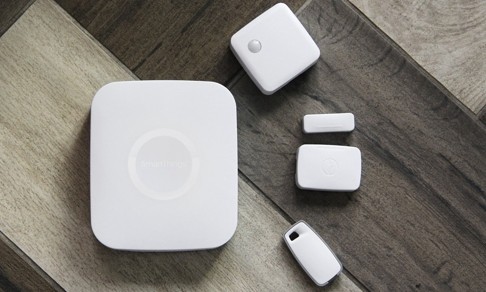
Smart cars
CES used to be an annual gathering for technology companies to hobnob and showcase their latest inventions, but for the past couple of years the car industry has had a growing presence because of its eagerness to hook up with the digital sector.
This is the year when cars will get even more smart. Google, Faraday Future and Mercedes – to name just a few – will be presenting various forms of smart car, self-driving car and connected car at the CES.
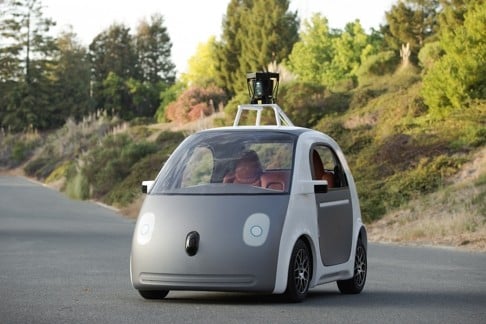
Much is still under wraps, but Faraday Future (which is reported to be backed by Chinese billionaire Jia Yueting, founder of telecommunications firm LeTV) is expected to announce its latest autonomous car. BMW has also been developing in-car augmented reality, an application that will be installed in its BMW and Mini models.
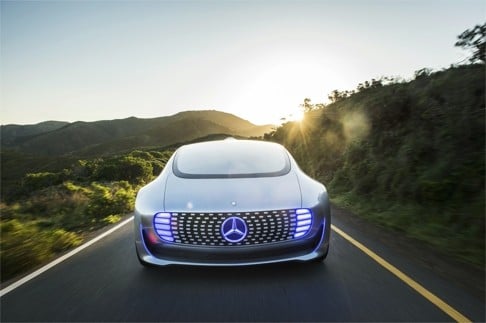
The advent of so many connected devices makes security a hot topic; to what extent it is built into devices as standard is expected to be a major topic of discussion at the CES in Las Vegas.
Huawei
Barred by overseas governments from bidding for projects because of their concerns about its links to the Chinese state, Huawei has largely been ignored by retailers and major telecoms network carriers (such as AT&T in the United States) despite its solid smartphone offerings. The Chinese company has remained under the radar despite selling 100 million phones, which puts it in the same league as Apple and Samsung as one of the top three smartphone vendors in the world.
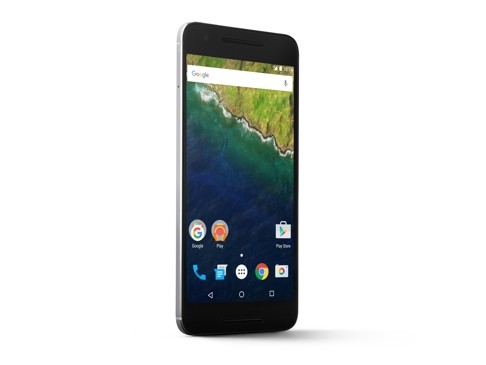
It’s no wonder that Huawei remained relatively unknown in the US mobile phone market until last year, when it released the newest Google smartphone, the high-end Nexus 6P. Now it is ready to come out of the shadows. Huawei plans a US launch for its Mate 8, which runs on its in-house processor HiSilicon Kirin 950 that’s set a slew of new performance benchmarks.

Huawei is also likely to give a US launch to its Honor line of smartphones, starting with the 5X in the mid-price range.
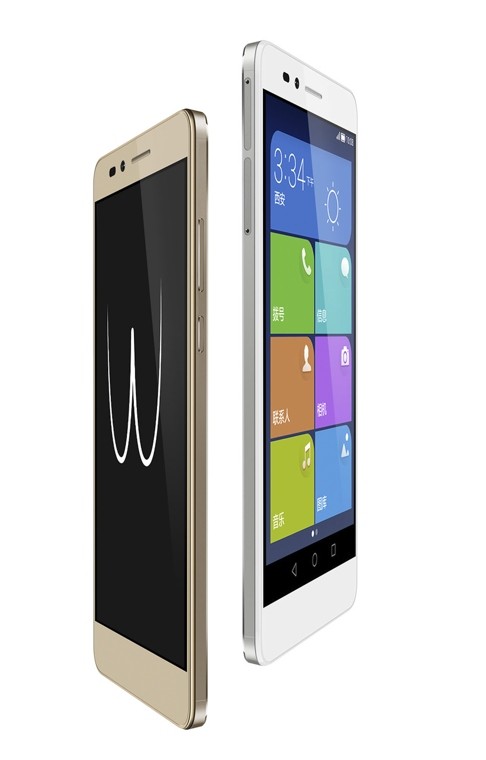
And it’s not just Huawei; Chinese tech companies are a force to be reckoned with on the world stage. Hence the fifth edition of MWC Shanghai will be held between June 29 and July 1, in addition to the Barcelona event in February.